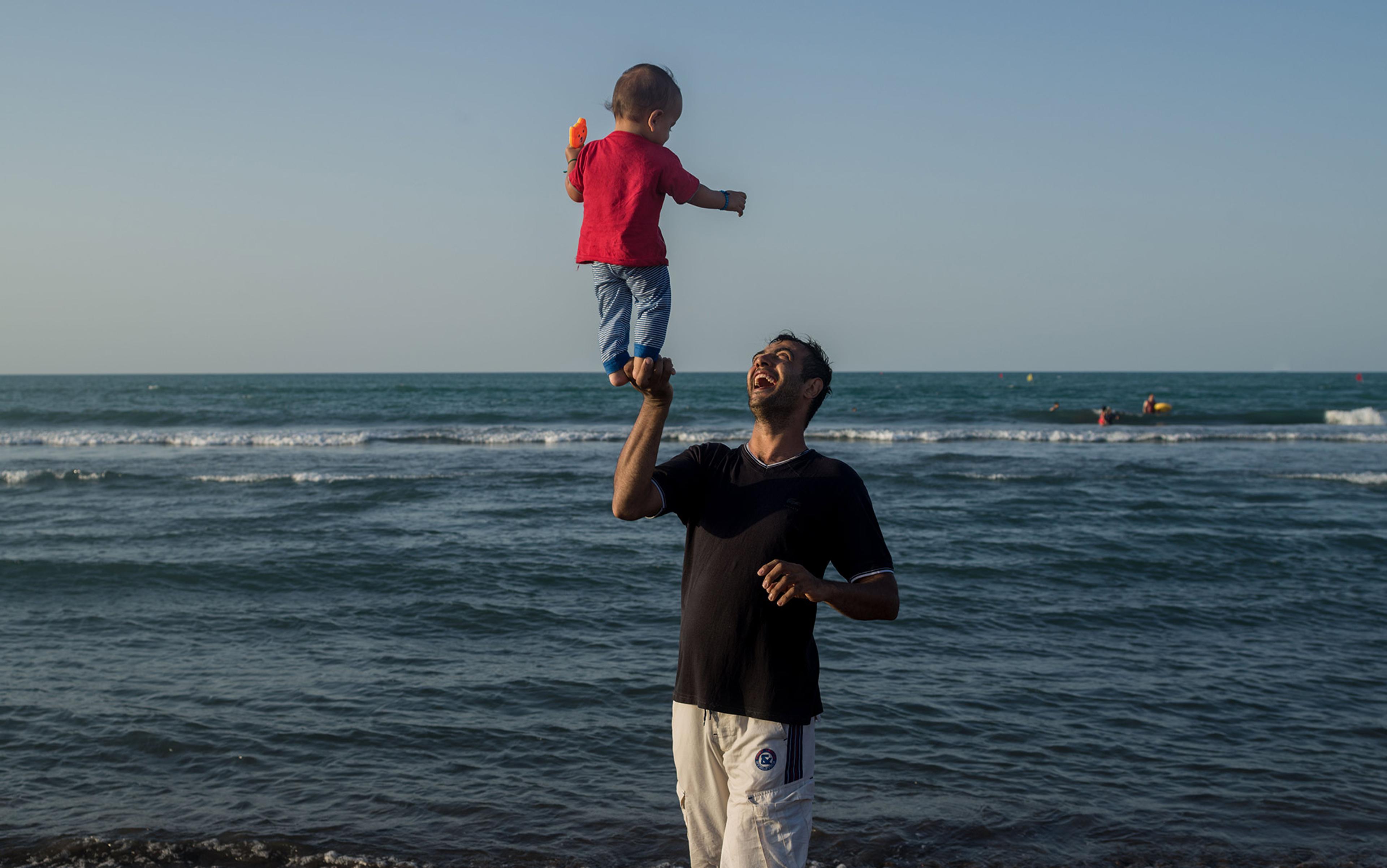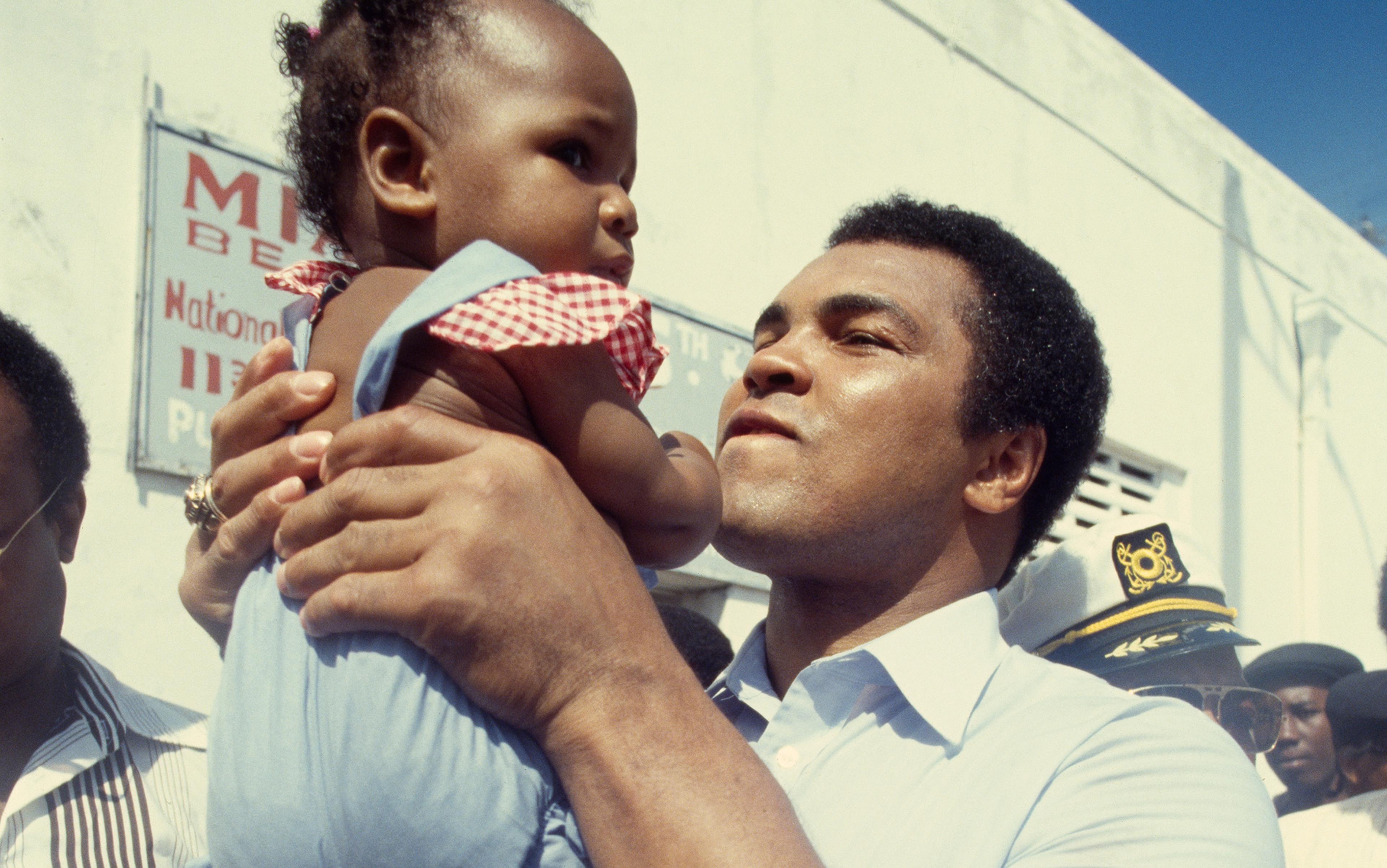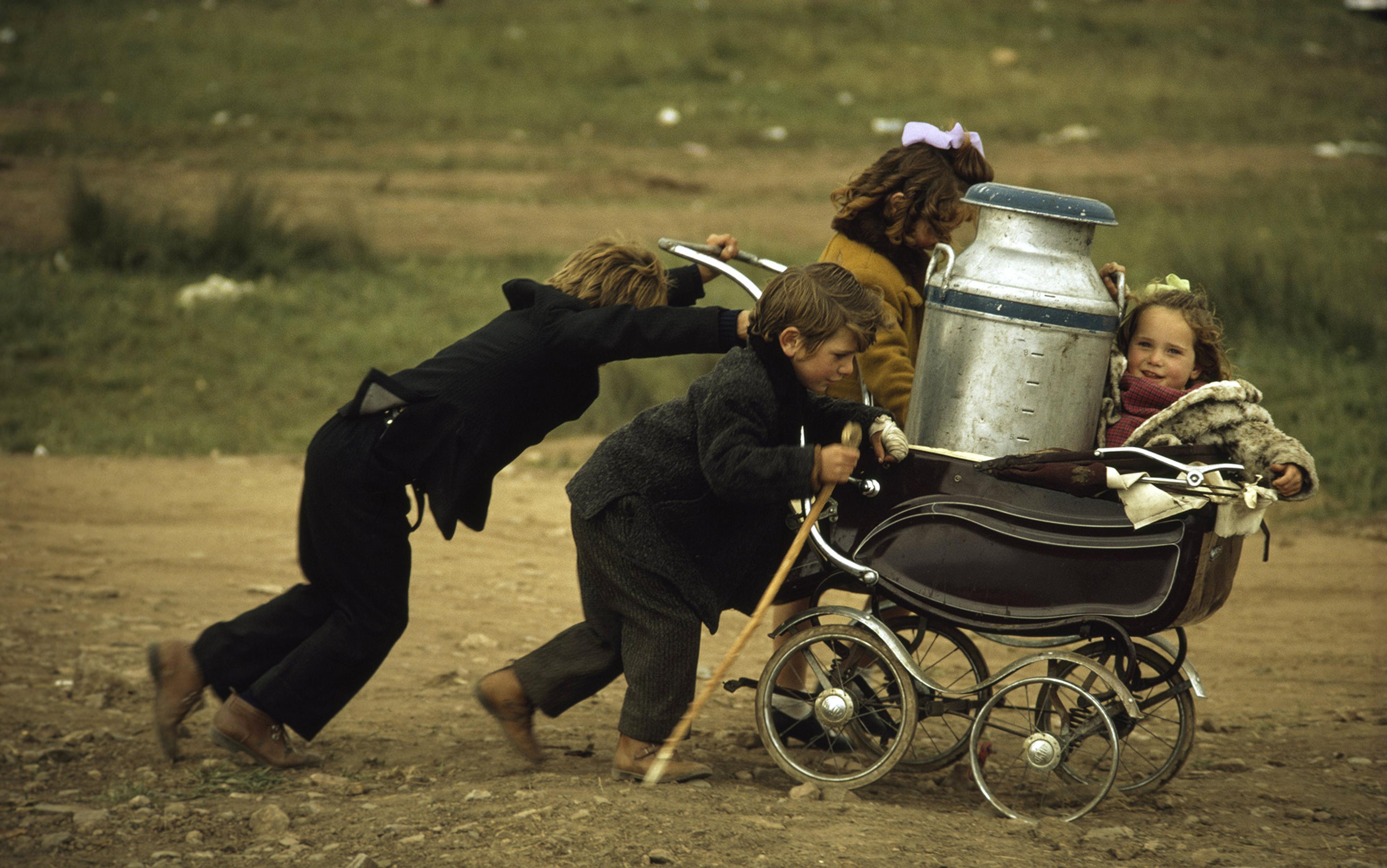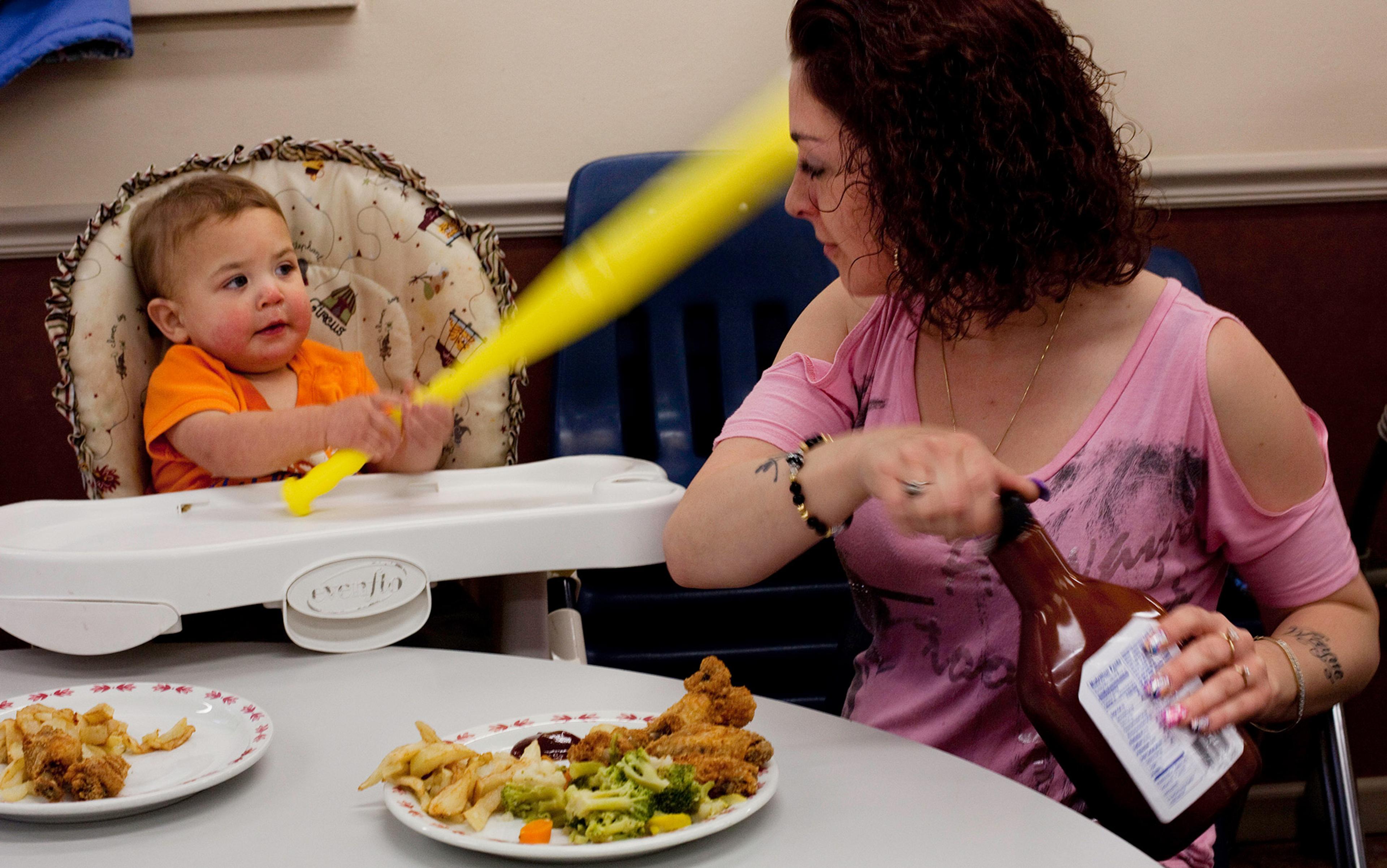What separates us from our fellow apes is a question that, rightly or wrongly, distracts anthropologists periodically. Their discussions generally focus on language, tool use, creativity or our remarkable abilities to innovate, and it is certainly the case that two decades ago these answers would have been top of the ‘exclusively human’ list. But as our knowledge of the cognitive and behavioural abilities of our primate cousins increases, the dividing line between us and them becomes more blurred, being about the extent and complexity of – rather than the presence or absence of – a behaviour. Take tool production and use. Chimps are adept at selecting and modifying grass stalks to use as ‘fishing rods’ when dipping for termites, but their ability to innovate is limited, so there’s no rapid forward momentum in tool development as would be the case with humans.
However, there is one aspect of human behaviour that is unique to us but is rarely the focus of these discussions. So necessary is this trait to the survival of our species that it is underpinned by an extensive, interrelated web of biological, psychological and behavioural systems that evolved over the past half a million years. Yet, until 10 years ago, we had neglected to try to understand this trait, due to the misguided assumption that it was of no significance – indeed, that it was dispensable. This trait is human fatherhood, and the fact that it doesn’t immediately spring to mind is symptomatic of the overwhelming neglect of this key figure in our society.
When I began researching fathers 10 years ago, the belief was that they contributed little to the lives of their children and even less to our society, and that any parenting behaviour a man might display was the result of learning rather than any innate fathering skill. Stories of fathers in the media centred on their absence and the consequences of this for our society in terms of antisocial behaviour and drug addiction, particularly among sons. There was little recognition that the majority of men, co-resident or not, were invested in their children’s lives. It was a given that fathers did not develop the profound bonds with their children that mothers did, because their role was confined to that of a secondary parent who existed, as a consequence of work, at a slight distance from the family. The lack of breadth in the literature and its sweeping generalisations and stereotypes was truly shocking. As an anthropologist, I struggled to accept this portrayal for two reasons.
In the first instance, as someone who began her graduate career as a primatologist, I knew that fathers who stick around, rather than hot-footing it as soon as copulation is complete, are vanishingly rare in the primate world, limited to a few South American monkey species and completely absent from the apes, with the exception of ourselves. Indeed, we are among the only 5 per cent of mammals who have investing fathers. I knew that, given the parsimonious nature of evolution, human fatherhood – with its complex anatomical, neural, physiological and behavioural changes – would not have emerged unless the investment that fathers make in their children is vital for the survival of our species.
Secondly, as an anthropologist whose training encompassed the societal structures and practices that are so fundamental to an understanding of our species, I was surprised to learn how little time we had spent placing this key figure under the microscope of our analysis. Ethnography after ethnography focused on the family and the role of the mother, and duly acknowledged the cooperative nature of childrearing, but very rarely was dad the particular subject of observation. How could we truly call ourselves human scientists when there was such a glaring gap in our knowledge of our own species? As a consequence, and driven partly by my own recent parenthood, I embarked on a research programme based around two very broad and open questions: who is the human father, and what is he for?
To understand the role of the father, we must first understand why it evolved in our species of ape and no other. The answer inevitably lies in our unique anatomy and life history. As any parent knows, human babies are startlingly dependent when they are born. This is due to the combination of a narrowed birth canal – the consequence of our bipedality – and our unusually large brains, which are six times larger than they should be for a mammal of our body size.
This has meant that, to ensure the survival of mother and baby and the continued existence of our species, we have evolved to exhibit a shortened gestation period, enabling the head to pass safely through the birth canal. The consequence of this is that our babies are born long before their brains are fully developed. But this reduced investment in the womb has not led to an increased, compensatory period of maternal investment after birth. Rather, the minimum period of lactation necessary for a child to survive is likewise drastically reduced; the age at weaning of an infant child can be as young as three or four months. A stark contrast to the five years evident in the chimp. Why is this the case?
If we, as a species, were to follow the trajectory of the chimpanzee, then our interbirth interval (the time between the birth of one baby and the next) would have been so long; so complex and so energy-hungry is the human brain that it would have led to an inability to replace – let alone increase – our population. So, evolution selected for those members of our species who could wean their babies earlier and return to reproduction, ensuring the survival of their genes and our species. But because the brain had so much development ahead of it, these changes in gestation and lactation lengths led to a whole new life-history stage – childhood – and the evolution of a uniquely human character: the toddler.
Life-history describes the ways in which a species invests its lifetime allotment of energy: the currency of life. How this is distributed – between reproduction, growth and maintenance – will affect aspects of the life course such as gestation and lactation length, age at sexual maturity, litter size and lifespan. In most species, including all primates apart from ourselves, this leads to three distinct life stages: infant, juvenile and adult. Infant is the time from birth to weaning; juvenile is from weaning to sexual maturity; and adult is from sexual maturity to death. But humans exhibit five life stages: infant, child, juvenile, adolescent and adult.
The child stage lasts from the point of weaning to the time of dietary independence. We humans wean our babies from milk comparatively early, before they are able to find and process food for themselves. As a consequence, once weaned, they still need an adult to feed them until they are capable of doing this themselves, at which point they become juveniles.
Dad was incentivised to commit to one female and one family while rejecting matings with other females
So mum births her babies early and gets to invest less time in breastfeeding them. Surely this means an energetic win for her? But since lactation is the defence against further conception, once over, mum would rapidly become pregnant again, investing more precious energy in the next hungry foetus. She would not have the time or energy to commit to finding, processing and feeding her rapidly developing toddler.
At this point, she would need help. When these survival-critical issues first appeared around 800,000 years ago, her female kin would have stepped in. She would have turned to her mother, sister, aunt, grandma and even older daughters to help her. But why not ask dad? Cooperation between individuals of the same sex generally evolves before that between individuals of different sex, even if that opposite-sex individual is dad. This is because keeping track of reciprocity with the other sex is more cognitively taxing than keeping track of it with someone of the same sex. Further, it has to be of sufficient benefit to dad’s genes for him to renounce a life of mating with multiple females, and instead focus exclusively on the offspring of one female. While this critical tipping point had not yet been reached, women fulfilled this crucial role for each other.
But 500,000 years ago, our ancestors’ brains made another massive leap in size, and suddenly relying on female help alone was not enough. This new brain was energetically hungrier than ever before. Babies were born more helpless still, and the food – meat – now required to fuel our brains was even more complicated to catch and process than before. Mum needed to look beyond her female kin for someone else. Someone who was as genetically invested in her child as she was. This was, of course, dad.
Without dad’s input, the threat to the survival of his child, and hence his genetic heritage, was such that, on balance, it made sense to stick around. Dad was incentivised to commit to one female and one family while rejecting those potential matings with other females, where his paternity was less well-assured.
As time ticked on and the complexity of human life increased, another stage of human life-history evolved: the adolescent. This was a period of learning and exploration before the distractions that accompany sexual maturity start to emerge. With this individual, fathers truly came into their own. For there was much to teach an adolescent about the rules of cooperation, the skills of the hunt, the production of tools, and the knowledge of the landscape and its inhabitants. Mothers, still focused on the production of the next child, would be restricted in the amount of hands-on life experience they could give their teenagers, so it was dad who became the teacher.
This still rings true for the fathers whom my colleagues and I research, across the globe, today. In all cultures, regardless of their economic model, fathers teach their children the vital skills to survive in their particular environment. Among the Kipsigis tribe in Kenya, fathers teach their sons about the practical and economic aspects of tea farming. From the age of nine or 10, boys are taken into the fields to learn the necessary practical skills of producing a viable crop, but in addition – and perhaps more vitally – they are allowed to join their fathers at the male-only social events where the deals are made, ensuring that they also have the negotiation skills and the necessary relationships that are vital to success in this tough, marginal habitat.
In contrast, children of the Aka tribe of both sexes join their fathers in the net hunts that take place daily in the forests of the Democratic Republic of Congo. The Aka men are arguably the most hands-on fathers in the world, spending nearly half their waking time in actual physical contact with their children. This enables them to pass on the complex stalking and catching skills of the net hunt, but also teaches sons about their role as co-parent to any future children.
And even in the West, dads are vital sources of education. In my book The Life of Dad (2018), I argue that fathers approach their role in myriad different ways dependent upon their environment but, when we look closely, all are fulfilling this teaching role. So, while Western dads might not appear to be passing on overtly practical life-skills, they do convey many of the social skills that are necessary to succeed in our competitive, capitalist world. It is still very much the case that the wheels of success in this environment are oiled by the niceties of social interaction – and knowing the rules of these interactions and the best sort of person to have them with gives you a massive head start, even if it is just dad’s knowledge of a good work placement.
Fathers are so critical to the survival of our children and our species that evolution has not left their suitability for the role to chance. Like mothers, fathers have been shaped by evolution to be biologically, psychologically and behaviourally primed to parent. We can no longer say that mothering is instinctive yet fathering is learned.
The hormonal and brain changes seen in new mothers are mirrored in fathers. Irreversible reductions in testosterone and changes in oxytocin levels prepare a man to be a sensitive and responsive father, attuned to his child’s needs and primed to bond – and critically, less motivated by the search for a new mate. As a man’s testosterone drops, the reward of chemical dopamine increases; this means that he receives the most wonderful neurochemical reward of all whenever he interacts with his child. His brain structure alters in those regions critical to parenting. Within the ancient, limbic core of the brain, regions linked to affection, nurturing and threat-detection see increases in grey and white matter. Likewise enhanced by connectivity and the sheer number of neurons are the higher cognitive zones of the neocortex that promote empathy, problem solving and planning.
But crucially, dad has not evolved to be the mirror to mum, a male mother, so to speak. Evolution hates redundancy and will not select for roles that duplicate each other if one type of individual can fulfil the role alone. Rather, dad’s role has evolved to complement mum’s.
This is no more clear than in the neural structure of the brain itself. In her 2012 fMRI study, the Israeli psychologist Shir Atzil explored the similarities and differences in brain activity between mothers and fathers when they viewed videos of their children. She found that both parents appeared similarly wired to understand their child’s emotional and practical needs. For both parents, peaks of activity were seen in the areas of the brain linked to empathy. But beyond this, the differences between the parents were stark.
The mother’s peaks in activity were seen in the limbic area of her brain – the ancient core linked to affection and risk-detection. The father’s peaks were in the neocortex and particularly in areas linked to planning, problem solving and social cognition. This is not to say that there was no activity in the limbic area for dad and the neocortex for mum, but the brain areas where the most activity was recorded were distinctly different, mirroring the different developmental roles that each parent has evolved to adopt. Where a child was brought up by two fathers, rather than a father and a mother, the plasticity of the human brain had ensured that, in the primary caretaking dad, both areas – mum’s and dad’s – showed high levels of activity so that his child still benefited from a fully rounded developmental environment.
Fathers and their children have evolved to carry out a developmentally crucial behaviour with each other: rough-and-tumble play. This is a form of play that we all recognise. It is highly physical with lots of throwing up in the air, jumping about and tickling, accompanied by loud shouts and laughter. It is crucial to the father-child bond and the child’s development for two reasons: first, the exuberant and extreme nature of this behaviour allows dads to build a bond with their children quickly; it is a time-efficient way to get the hits of neurochemicals required for a robust bond, crucial in our time-deprived Western lives where it is still the case that fathers are generally not the primary carer for their children. Second, due to the reciprocal nature of the play and its inherent riskiness, it begins to teach the child about the give and take of relationships, and how to judge and handle risk appropriately; even from a very young age, fathers are teaching their children these crucial life lessons.
And how do we know that dads and kids prefer rough-and-tumble play with each other rather than, say, having a good cuddle? Because hormonal analysis has shown that, when it comes to interacting with each other, fathers and children get their peaks in oxytocin, indicating increased reward, from playing together. The corresponding peak for mothers and babies is when they are being affectionate. So, again, evolution has primed both fathers and children to carry out this developmentally important behaviour together.
We need to discuss the dads who coach football, read bedtime stories and scare away the night-time monsters
Likewise, a father’s attachment to his child has evolved to be crucially different than a mother’s. Attachment describes a psychological state that we enter when we are in an intense, bonded relationship with someone – think of lovers, parents and children, even some best friendships. In all cases, having a strong attachment relationship acts as a secure base from which we can strike out and explore the world, safe in the knowledge we can always return to the focus of our attachment for affection and help. Where parent-child attachment is concerned, the attachment between a mother and her child is best described as exclusive, an inward-looking dyad based on affection and care. In contrast, a father’s attachment to his child has elements of affection and care, but it is based on challenge.
This crucial difference leads a father to turn his children’s faces outward, encouraging them to meet fellow humans, build relationships, and succeed in the world. And it is because of this special type of attachment that studies repeatedly show fathers in particular encouraging their offspring to get the most out of their learning. It is fathers who aid the development of appropriate social behaviour, and build a child’s sense of worth.
Looking back at our pool of knowledge from 10 years ago and comparing it to what we know today, my conclusion is this: we need to change the conversations we have about fathers. Yes, some fathers are absent, as are some mothers, and some might be the inept characters of marketing ads or cartoons, struggling to work the washing machine or to look after the baby alone. But the majority of fathers are not these people. We need to broaden our spectrum of who we think dad is to include all the fathers who stick around, investing in their children’s emotional, physical and intellectual development, regardless of whether they live with their children or not. We need to discuss the dads who coach football, read bedtime stories, locate rogue school socks, and scare away the night-time monsters. Who encourage their children’s mental resilience, and scaffold their entry into our increasingly complex social world. Who are defined not by their genetic relatedness to their children but because they step up and do the job – the stepdads, social dads, grandfathers, friends, uncles and boyfriends.
And by broadening this conversation and sharing our newfound knowledge, we empower fathers to be more involved with their children, something that benefits us all. The sons of today who see dad as an equal to mum in the domestic setting will follow this role model when they themselves become parents. This leads to a change in culture; a move towards equality in domestic work, a sharing of the burden of the parenting tax on career development, something that is overwhelmingly borne by mothers today, and a narrowing of the gender pay gap. Further, a father’s special role in preparing his child to enter the wider world outside the family – shaping emotional and behavioural development, teaching the rules of social behaviour and language, helping to build mental resilience by dealing with risk, confronting challenge and overcoming failure – is arguably more important than ever before, when we are beset by a crisis in adolescent mental health, and live in a world that operates on new social rules, shaped by our digital, online lives.
Men have evolved to father and to be an equal but crucially different part of the parenting team. By not acknowledging who they are or supporting what they do, we are really missing a trick. Some 80 per cent of men aspire to become fathers. I believe it is time we made the effort to get to know who they really are.






